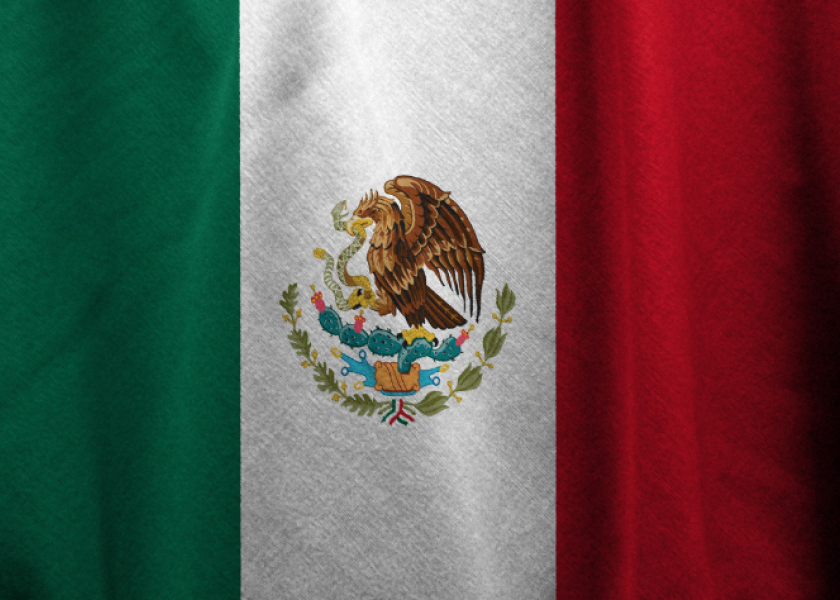Mexico’s Zero-Duty Order Benefits European Pork and Brazilian Poultry

Using a first-time blanket suspension order, Mexico announced duty-free imports on pork, beef and poultry through the end of 2022 in an effort to combat food price inflation.
What countries will benefit from the new, zero-duty market?
“On the pork side, the size of the Mexican market and its general open nature, that is certainly drawing the competitors into this space,” says Erin Borror, U.S. Meat Export Federation (USMEF) vice president of economic analysis.
Borror explains Europe has really been making a splash.
“Significant volumes of European pork first began entering Mexico in 2018, when U.S. pork was subject to retaliatory duties in response to U.S. tariffs on imported steel and aluminum. The European Union (EU) currently accounts for 1.6% of Mexico's total pork imports, and EU exports could gain some momentum from Mexico's duty suspension,” says the USMEF report.
Under the order, Mexico duty-free imports include fresh and frozen muscle cuts. However, duties remain on variety meat and processed products, which is a large portion of what Europe has been shipping, Borror says.
Beef will likely see very little impact as nearly all enter the market duty-free from the U.S. and Canada under NAFTA and the U.S.-Mexico-Canada Agreement (USMCA), as well as Nicaragua, according to Borror.
While Brazilian pork and beef are not eligible for Mexico, the country will be the main beneficiary on the poultry side, as many major suppliers, such as the U.S., already have duty-free access to the Mexico market, says the USMEF report.







